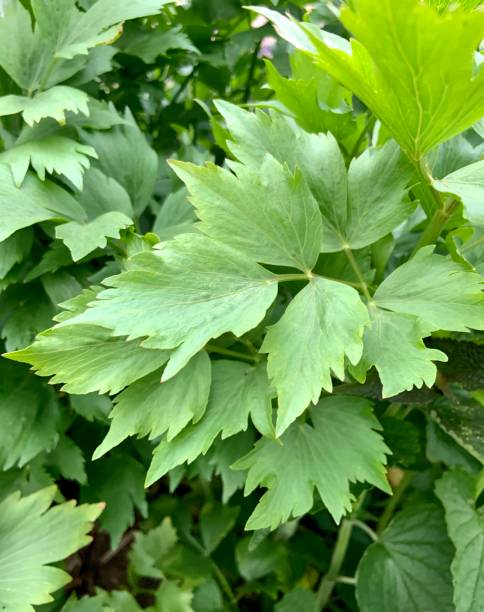Unearthing the Culinary Secrets of Uncommon Herbs
The culinary world is a vast and fascinating place, full of flavors waiting to be discovered. While most of us are familiar with common herbs such as basil, parsley, and rosemary, there is a myriad of lesser-known herbs that can add a unique twist to your dishes. Let's dive into the world of these uncommon herbs and how to use them in your cooking!

Underutilized Herbs: Opening the Flavor Floodgates
There’s no denying that herbs play a crucial role in cooking. They lend aroma, depth, and character to dishes, taking them from merely good to gastronomically outstanding. While we all love the classics, there are several underutilized herbs that are worth exploring. Herbs like lovage, summer savory, marjoram, and chervil are packed with unique flavors that can elevate your cooking to new heights.
Lovage: The Forgotten Flavor Enhancer
Lovage is an old-world herb that has been lost in the shuffle of culinary trends. With a flavor profile that’s a blend of celery and parsley, lovage can add a robust depth to broths, stews, and salads. Its leaves, seeds, and roots are all edible, making it a versatile addition to your herb garden.
Summer Savory: The Herb of a Thousand Uses
Summer savory is a one-stop shop for flavor. Its peppery, slightly sweet flavor is perfect for seasoning meats, beans, and vegetables. It’s also a common ingredient in herb blends like Herbes de Provence. The next time you’re grilling, try sprinkling some summer savory on your meat for a delightful flavor twist.
Marjoram: The Underappreciated Cousin of Oregano
Often mistaken for oregano, marjoram has a milder, sweeter flavor that can bring a delicate touch to your dishes. It pairs well with meats, poultry, and vegetables, and can be used both fresh and dried. A sprinkle of marjoram can make a world of difference in your cooking.
Chervil: The Gourmet’s Secret Weapon
Chervil, with its delicate anise flavor, is a favorite among gourmet chefs. It’s a key ingredient in French cuisine and is part of the famous “fines herbes” blend. Chervil is perfect for adding a light, fresh flavor to dishes, especially seafood and chicken.
Interesting Facts and Tips
- The best way to store fresh herbs is by placing them in a glass of water, like a bouquet of flowers.
- Most herbs are best added towards the end of cooking to preserve their flavor.
- Dried herbs have a more concentrated flavor than fresh ones, so use them sparingly.
- Experiment with different combinations of herbs to find your perfect flavor blend.
In conclusion, the world of herbs is vast and varied, with many hidden gems waiting to be discovered. Don’t be afraid to experiment with these lesser-known herbs – you might just discover your new favorite flavor. After all, the joy of cooking lies in exploration and discovery, and these uncommon herbs offer endless possibilities for culinary creativity.






